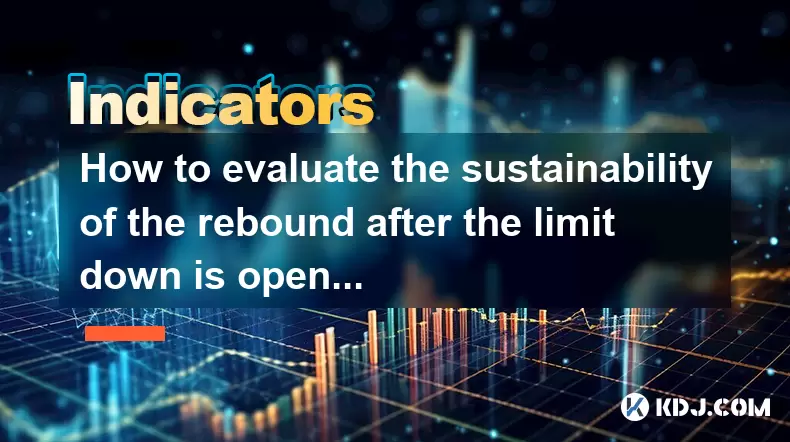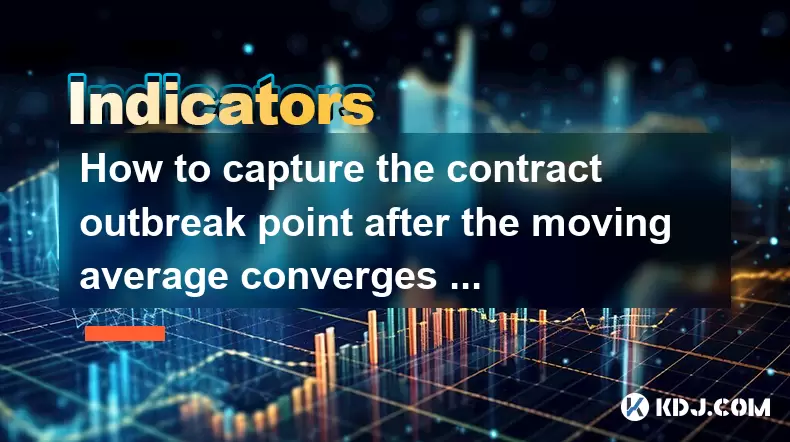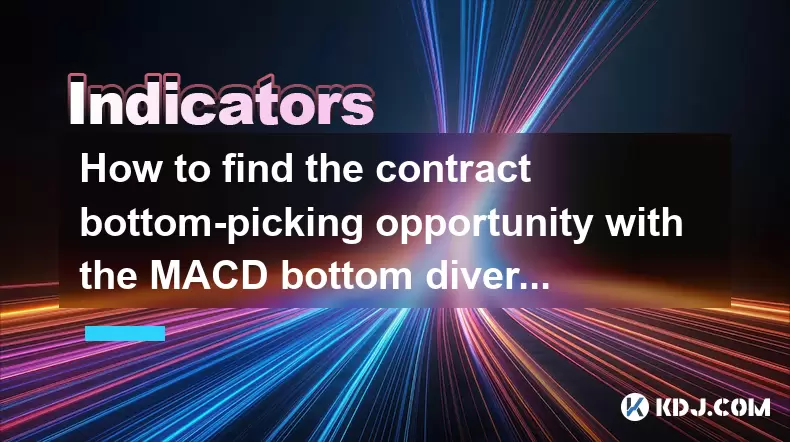-
 Bitcoin
Bitcoin $106,754.6083
1.33% -
 Ethereum
Ethereum $2,625.8249
3.80% -
 Tether USDt
Tether USDt $1.0001
-0.03% -
 XRP
XRP $2.1891
1.67% -
 BNB
BNB $654.5220
0.66% -
 Solana
Solana $156.9428
7.28% -
 USDC
USDC $0.9998
0.00% -
 Dogecoin
Dogecoin $0.1780
1.14% -
 TRON
TRON $0.2706
-0.16% -
 Cardano
Cardano $0.6470
2.77% -
 Hyperliquid
Hyperliquid $44.6467
10.24% -
 Sui
Sui $3.1128
3.86% -
 Bitcoin Cash
Bitcoin Cash $455.7646
3.00% -
 Chainlink
Chainlink $13.6858
4.08% -
 UNUS SED LEO
UNUS SED LEO $9.2682
0.21% -
 Avalanche
Avalanche $19.7433
3.79% -
 Stellar
Stellar $0.2616
1.64% -
 Toncoin
Toncoin $3.0222
2.19% -
 Shiba Inu
Shiba Inu $0.0...01220
1.49% -
 Hedera
Hedera $0.1580
2.75% -
 Litecoin
Litecoin $87.4964
2.29% -
 Polkadot
Polkadot $3.8958
3.05% -
 Ethena USDe
Ethena USDe $1.0000
-0.04% -
 Monero
Monero $317.2263
0.26% -
 Bitget Token
Bitget Token $4.5985
1.68% -
 Dai
Dai $0.9999
0.00% -
 Pepe
Pepe $0.0...01140
2.44% -
 Uniswap
Uniswap $7.6065
5.29% -
 Pi
Pi $0.6042
-2.00% -
 Aave
Aave $289.6343
6.02%
How to evaluate the sustainability of the rebound after the limit down is opened?
After a limit down, a sustainable crypto rebound is signaled by rising volume, strong order book support, and positive technical indicators.
Jun 17, 2025 at 11:14 pm

Understanding the Context of Limit Down and Rebound
In the cryptocurrency market, limit down refers to a regulatory mechanism in certain exchanges that restricts how much the price of an asset can drop within a single trading session. When this limit is reached, trading may be halted temporarily or allowed to continue under restricted conditions. The subsequent rebound occurs when the price begins to rise after hitting this lower boundary.
To evaluate whether this rebound is sustainable, traders must analyze several factors including market sentiment, volume patterns, order book depth, and technical indicators. It's essential to understand that not all rebounds are created equal — some are short-lived corrections, while others signal the beginning of a new uptrend.
The first step in evaluating sustainability is to identify whether the rebound was driven by genuine demand or temporary relief rallies.
Analyzing Volume During the Rebound Phase
One of the most telling signs of a sustainable rebound is increased trading volume following the limit down. A strong recovery typically coincides with above-average volume, indicating that buyers are stepping in aggressively.
- Check if the volume during the rebound exceeds the average daily volume of the previous week or month.
- Compare volume levels between the limit down candlestick and the rebound candlesticks to see if there’s a visible increase.
- Look for spikes in on-chain transaction volume, which might indicate real user activity rather than artificial pump attempts.
A rebound without significant volume often lacks conviction and may reverse quickly. This is especially true in altcoin markets where manipulation is more common.
Examining Order Book Depth and Liquidity Pools
The structure of the order book plays a crucial role in determining whether a rebound will hold. A healthy rebound should show deep buy walls forming near the support level established after the limit down.
- Observe the bid-ask spread immediately after the limit down is lifted. Narrow spreads suggest high liquidity and confidence.
- Check for large orders accumulating at key support levels in the order book, particularly from known institutional addresses or large holders (whales).
- Review decentralized exchange (DEX) liquidity pools to ensure that there hasn’t been a sudden withdrawal of liquidity that could lead to further volatility.
If the order book shows thin bids and heavy asks, it suggests that sellers still dominate the market, and the rebound may be short-lived.
Technical Indicators and Chart Patterns
Technical analysis offers tools to assess whether a rebound has momentum behind it. Key indicators such as Relative Strength Index (RSI), Moving Average Convergence Divergence (MACD), and Bollinger Bands can help determine overbought or oversold conditions.
- An RSI rising above 30 after being below it indicates a potential bullish reversal.
- A MACD line crossing above the signal line confirms positive momentum.
- Watch for price breaking out of bearish chart patterns like descending triangles or head-and-shoulders formations.
Additionally, observing candlestick patterns such as hammer, morning star, or engulfing candles can offer insight into whether buyer pressure is increasing.
On-Chain Metrics and Network Activity
Beyond price action and order books, on-chain data provides deeper insight into the health of a rebound. Metrics such as network value to transactions ratio (NVT), active addresses, and exchange inflows/outflows can reveal underlying strength or weakness.
- A drop in exchange outflows indicates that holders are not panic selling, which supports a sustainable rebound.
- Rising active address counts suggest increased participation and potential long-term accumulation.
- Monitor stablecoin supply ratios (SSR) to assess whether fiat inflows are supporting the price recovery.
These metrics help differentiate between speculative bounces and organic growth driven by network adoption.
Frequently Asked Questions
What is the difference between a sustainable rebound and a false breakout?
A sustainable rebound maintains upward movement beyond key resistance levels with strong volume and on-chain support. False breakouts occur when the price briefly moves higher but quickly reverses due to lack of buying interest or renewed selling pressure.
How important is news sentiment in evaluating a rebound?
News sentiment plays a significant role in shaping market psychology. Positive developments such as protocol upgrades, exchange listings, or macroeconomic shifts can validate a rebound. However, in the absence of fundamental improvements, rallies may be purely technical and short-lived.
Can derivatives data help in assessing rebound sustainability?
Yes, analyzing open interest, funding rates, and options volatility in crypto derivatives markets can provide clues about whether institutional traders are betting on a continuation of the rebound.
Is it possible for a rebound to be sustainable even with low volume?
While rare, certain situations — such as market consolidation after extreme selloffs — may allow for a low-volume rebound. These scenarios usually require strong fundamentals or upcoming catalysts to sustain the move without immediate volume confirmation.
Disclaimer:info@kdj.com
The information provided is not trading advice. kdj.com does not assume any responsibility for any investments made based on the information provided in this article. Cryptocurrencies are highly volatile and it is highly recommended that you invest with caution after thorough research!
If you believe that the content used on this website infringes your copyright, please contact us immediately (info@kdj.com) and we will delete it promptly.
- Cumbria Cricket Club Secures Thrilling Double Victory Over Shropshire
- 2025-06-19 13:25:12
- Coinbase Stock: Riding the Crypto Wave with Room to Run?
- 2025-06-19 13:25:12
- XRP Price Prediction: June 19th - Will It Break the Sideways Trend?
- 2025-06-19 13:30:12
- Crypto-Native Asset Managers: Onchain Holdings Surge as DeFi Becomes the Invisible Back-End
- 2025-06-19 14:04:15
- Altcoins Bucking the Trend: A Crypto Comeback?
- 2025-06-19 14:12:04
- Solana ETF Watch: DTCC Listing Sparks SEC Approval Buzz!
- 2025-06-19 13:30:12
Related knowledge

How does the long lower shadow of the K line indicate the formation of the bottom of the contract?
Jun 19,2025 at 05:00am
Understanding the Long Lower Shadow in K-Line AnalysisIn cryptocurrency trading, K-line analysis plays a pivotal role in determining market sentiment and potential price reversals. A long lower shadow, also known as a long wick, is one of the most telling candlestick patterns that traders look for when assessing whether a bottom might be forming in a co...

How to capture the contract outbreak point after the moving average converges and diverges?
Jun 19,2025 at 02:07pm
Understanding Moving Average Convergence and Divergence in Crypto TradingIn cryptocurrency trading, moving averages are among the most widely used technical indicators. The concept of convergence and divergence refers to how different moving averages align or separate over time. When short-term and long-term moving averages come together (converge), it ...

How to find the contract bottom-picking opportunity with the MACD bottom divergence?
Jun 19,2025 at 02:28pm
Understanding MACD Bottom Divergence in Cryptocurrency TradingMACD (Moving Average Convergence Divergence) is a widely used technical analysis tool that helps traders identify potential reversals in price trends. Bottom divergence, specifically, occurs when the price of an asset makes a new low, but the MACD indicator does not confirm this by making a c...

How to use the DEMARK indicator to predict the high and low points of the contract?
Jun 19,2025 at 04:21am
What Is the DEMARK Indicator?The DEMARK indicator is a technical analysis tool developed by Tom DeMark, aimed at identifying price exhaustion points in financial markets. It helps traders anticipate potential reversal zones, especially in volatile environments such as cryptocurrency contracts. The indicator works by detecting specific patterns and seque...

Why does the contract sometimes not fall after the moving average crosses?
Jun 18,2025 at 08:50pm
Understanding Moving Averages in Cryptocurrency TradingIn the realm of cryptocurrency trading, moving averages are among the most widely used technical indicators. They help traders identify potential trends by smoothing out price data over a specified period. The two primary types are the Simple Moving Average (SMA) and the Exponential Moving Average (...

How to predict the acceleration of contract market by the change of moving average slope?
Jun 18,2025 at 05:43pm
Understanding the Moving Average in Cryptocurrency TradingIn cryptocurrency trading, moving average (MA) is a fundamental technical indicator used to analyze price trends. It smooths out price data over a specific period, helping traders identify potential trend directions and momentum shifts. The slope of a moving average line reflects how quickly pric...

How does the long lower shadow of the K line indicate the formation of the bottom of the contract?
Jun 19,2025 at 05:00am
Understanding the Long Lower Shadow in K-Line AnalysisIn cryptocurrency trading, K-line analysis plays a pivotal role in determining market sentiment and potential price reversals. A long lower shadow, also known as a long wick, is one of the most telling candlestick patterns that traders look for when assessing whether a bottom might be forming in a co...

How to capture the contract outbreak point after the moving average converges and diverges?
Jun 19,2025 at 02:07pm
Understanding Moving Average Convergence and Divergence in Crypto TradingIn cryptocurrency trading, moving averages are among the most widely used technical indicators. The concept of convergence and divergence refers to how different moving averages align or separate over time. When short-term and long-term moving averages come together (converge), it ...

How to find the contract bottom-picking opportunity with the MACD bottom divergence?
Jun 19,2025 at 02:28pm
Understanding MACD Bottom Divergence in Cryptocurrency TradingMACD (Moving Average Convergence Divergence) is a widely used technical analysis tool that helps traders identify potential reversals in price trends. Bottom divergence, specifically, occurs when the price of an asset makes a new low, but the MACD indicator does not confirm this by making a c...

How to use the DEMARK indicator to predict the high and low points of the contract?
Jun 19,2025 at 04:21am
What Is the DEMARK Indicator?The DEMARK indicator is a technical analysis tool developed by Tom DeMark, aimed at identifying price exhaustion points in financial markets. It helps traders anticipate potential reversal zones, especially in volatile environments such as cryptocurrency contracts. The indicator works by detecting specific patterns and seque...

Why does the contract sometimes not fall after the moving average crosses?
Jun 18,2025 at 08:50pm
Understanding Moving Averages in Cryptocurrency TradingIn the realm of cryptocurrency trading, moving averages are among the most widely used technical indicators. They help traders identify potential trends by smoothing out price data over a specified period. The two primary types are the Simple Moving Average (SMA) and the Exponential Moving Average (...

How to predict the acceleration of contract market by the change of moving average slope?
Jun 18,2025 at 05:43pm
Understanding the Moving Average in Cryptocurrency TradingIn cryptocurrency trading, moving average (MA) is a fundamental technical indicator used to analyze price trends. It smooths out price data over a specific period, helping traders identify potential trend directions and momentum shifts. The slope of a moving average line reflects how quickly pric...
See all articles

























































































